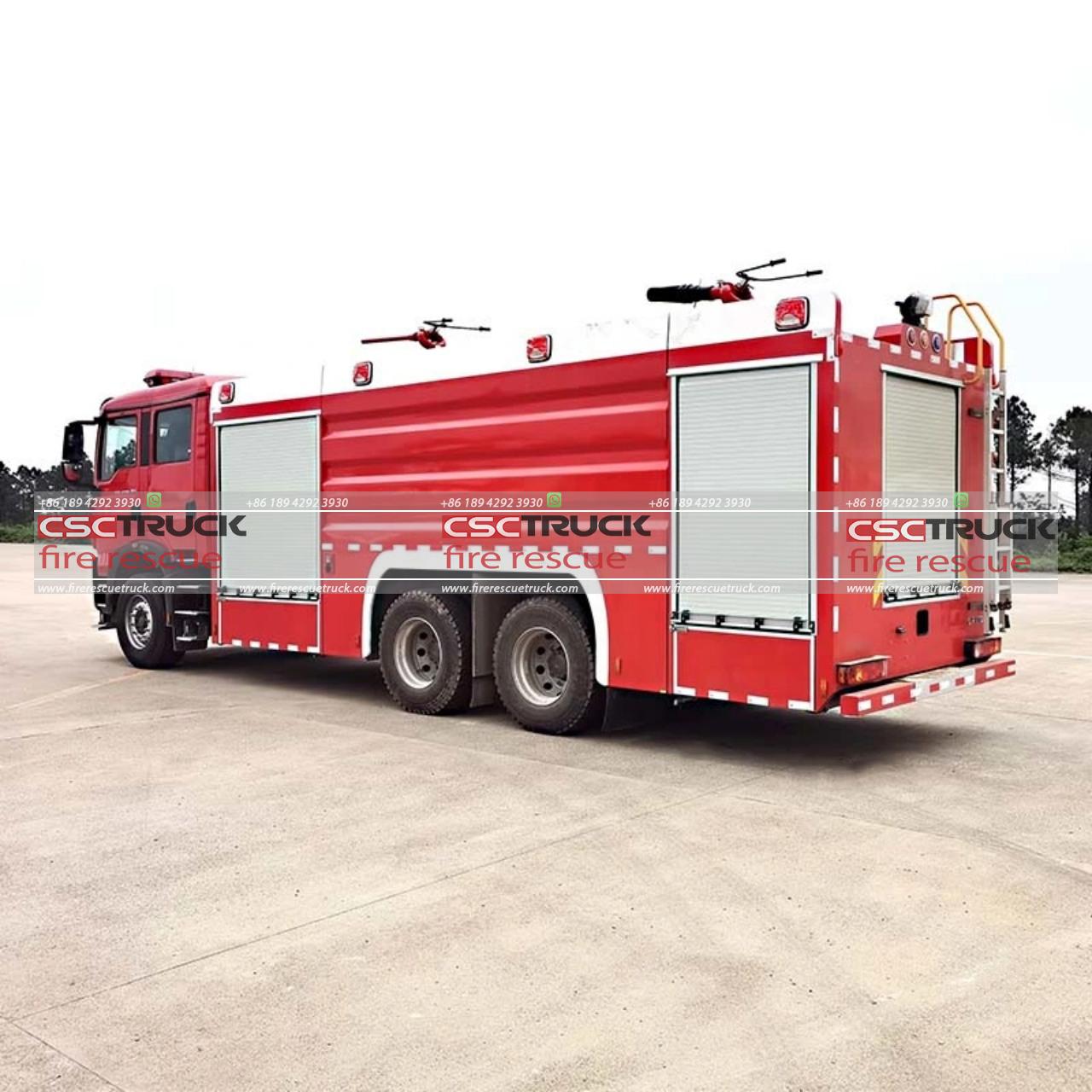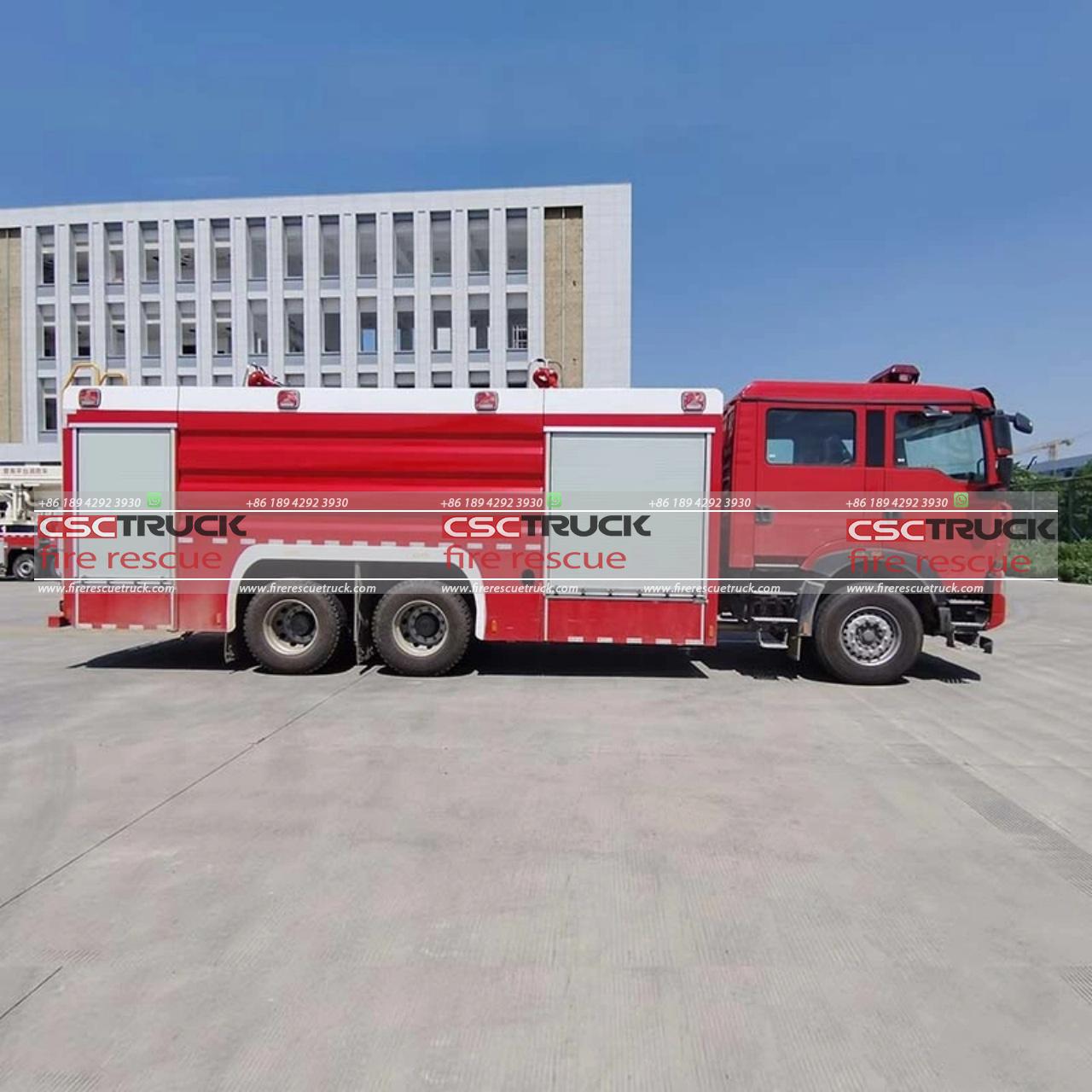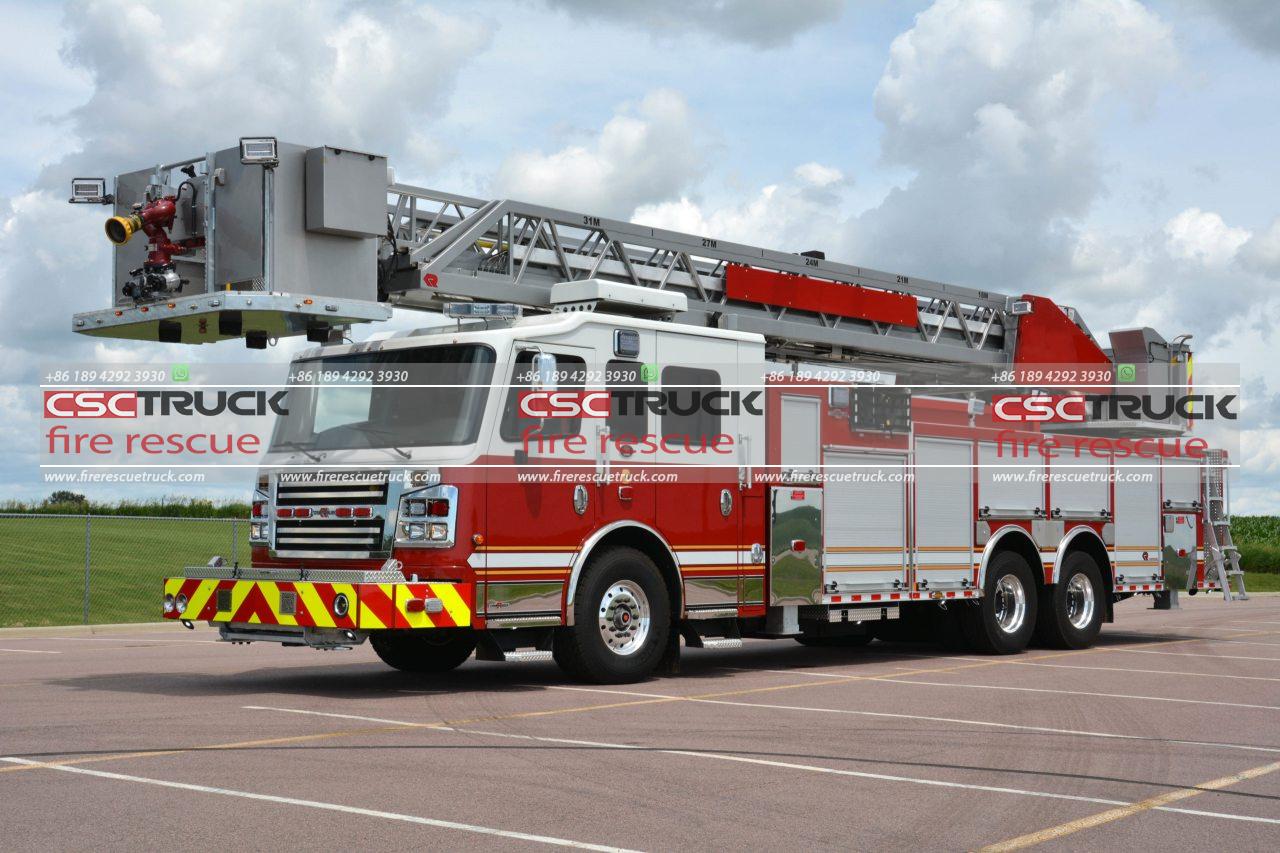Unmatched Versatility: Combined Fire Trucks for Diverse Fire Scenarios
When the alarm blares and the emergency call comes through, firefighters must be ready to respond swiftly and effectively to any situation. In the dynamic landscape of modern firefighting, versatility is not just a desirable trait—it’s a necessity. Enter the combined fire truck, a marvel of engineering designed to tackle a wide array of fire scenarios with unparalleled adaptability and efficiency. In this article, we delve into the world of combined fire trucks, exploring their innovative features, advantages, and the crucial role they play in modern firefighting operations.
Evolution of Firefighting Vehicles
The history of firefighting vehicles is a testament to human ingenuity and the constant quest for improvement. From the horse-drawn steam pumpers of the 19th century to the sophisticated apparatuses of today, firefighting vehicles have undergone significant evolution to meet the evolving challenges posed by fires. Traditional fire trucks were often specialized for specific tasks, such as pumping water, aerial firefighting, or providing rescue services. While effective in their respective roles, these specialized vehicles sometimes lacked the flexibility needed to respond to diverse fire scenarios efficiently.
The Rise of Combined Fire Trucks
The combined fire trucks emerged as a response to the need for greater versatility in firefighting operations. These innovative vehicles integrate multiple firefighting capabilities into a single platform, allowing firefighters to adapt quickly to changing circumstances on the ground. Whether combating structure fires, wildland blazes, or industrial incidents, combined fire trucks offer a comprehensive solution that enhances operational effectiveness and resource utilization.

Key Features and Capabilities
One of the defining features of combined fire trucks is their modular design, which enables the integration of various firefighting systems onto a single chassis. These systems may include pump-and-roll capabilities for extinguishing fires while in motion, elevated water towers for aerial firefighting, foam suppression systems for combating flammable liquid fires, and advanced rescue equipment for extrication operations. By consolidating these capabilities into a single vehicle, combined fire trucks streamline firefighting efforts and reduce the need for multiple specialized units on the scene.
Another crucial aspect of combined fire trucks is their mobility and maneuverability. Equipped with powerful engines, rugged suspensions, and advanced steering systems, these vehicles can navigate challenging terrain and access remote locations with ease. Whether traversing rugged wilderness or navigating narrow urban streets, combined fire trucks are designed to reach the scene of a fire quickly and efficiently, minimizing response times and maximizing effectiveness.
Versatility in Action
The versatility of combined fire trucks shines brightest during complex and multi-faceted fire scenarios. Consider a scenario where a wildfire threatens to engulf a rural community while simultaneously triggering hazardous material leaks at nearby industrial facilities. In such a situation, traditional firefighting vehicles may struggle to address both challenges simultaneously. However, a combined fire truck equipped with off-road capabilities, large water capacity, foam suppression systems, and chemical mitigation capabilities can effectively manage both the wildfire and the hazardous material incident concurrently, preventing further escalation and minimizing damage.
Moreover, combined fire trucks excel in urban environments where space constraints and complex building layouts present unique challenges. With their ability to deliver high volumes of water from elevated platforms, navigate tight streets, and deploy specialized rescue equipment, these vehicles are indispensable assets in densely populated areas. Whether conducting high-rise firefighting operations, urban search and rescue missions, or swift water rescues, combined fire trucks offer a comprehensive solution to the diverse challenges posed by urban firefighting.
Enhancing Operational Efficiency
Beyond their firefighting capabilities, combined fire trucks offer additional benefits in terms of operational efficiency and cost-effectiveness. By consolidating multiple functions into a single vehicle, fire departments can streamline their fleet management, reduce maintenance costs, and optimize resource allocation. Rather than maintaining separate vehicles for pumping, aerial firefighting, and rescue operations, departments can invest in a smaller number of versatile combined fire trucks that can fulfill multiple roles as needed. This not only saves money but also simplifies training and logistics, ensuring that firefighters are well-prepared to handle any situation they may encounter.

The Future of Firefighting
As technology continues to advance, the capabilities of combined fire trucks will only expand further. Innovations such as unmanned aerial vehicles (UAVs) for aerial reconnaissance, augmented reality systems for enhanced situational awareness, and advanced robotics for remote firefighting operations are already being integrated into next-generation firefighting vehicles. These advancements promise to further enhance the versatility and effectiveness of combined fire trucks, empowering firefighters to tackle even the most challenging scenarios with confidence and precision.
In conclusion, combined fire trucks represent a paradigm shift in modern firefighting, offering unmatched versatility and adaptability in the face of diverse fire scenarios. With their modular design, advanced capabilities, and operational efficiency, these vehicles are redefining the way firefighters approach their mission to protect life and property. As the threats posed by fires continue to evolve, combined fire trucks stand ready to meet the challenges of tomorrow, ensuring that firefighters have the tools they need to save lives and safeguard communities.







